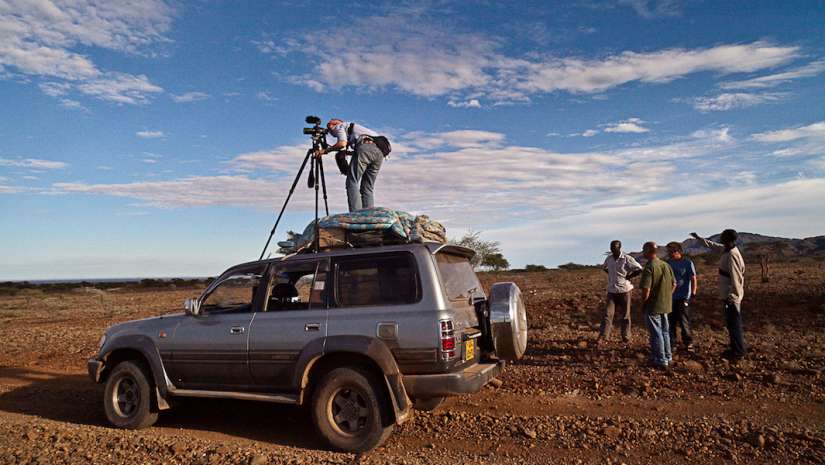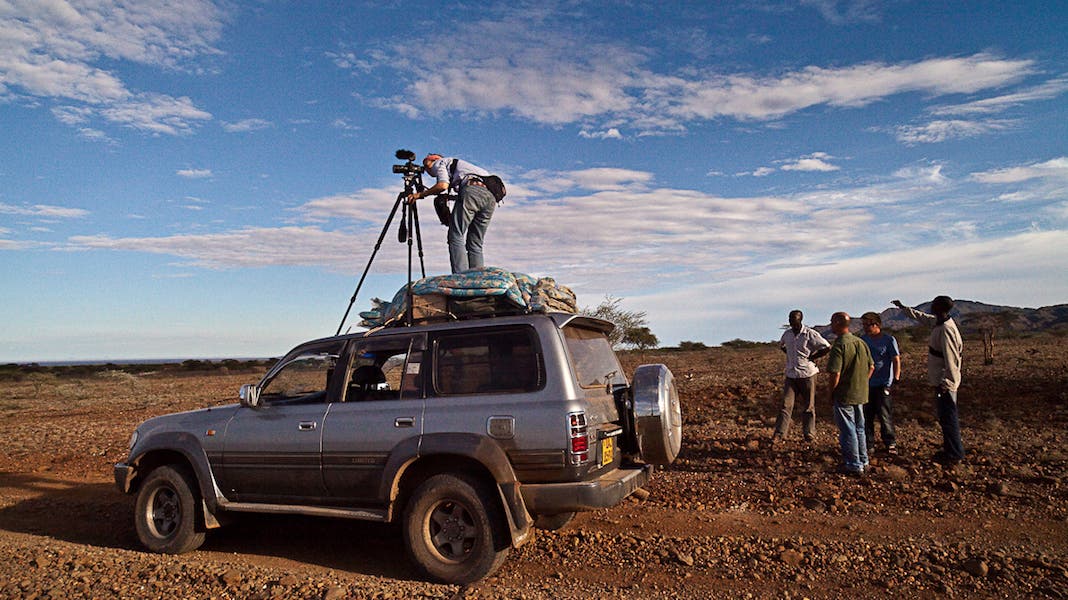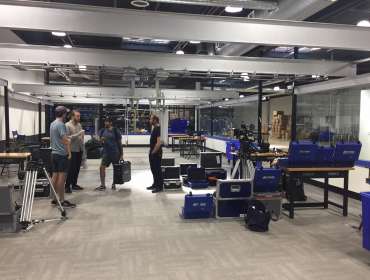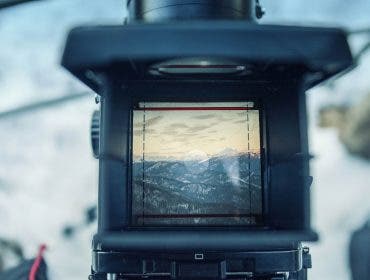Join us here on ALC for Women With Cameras on Wednesdays, where Dorie Hagler will be highlighting the thoughts and experiences of a professional female photographer or filmmaker. Her goal is to share great work by great professionals who are not yet in the limelight. This week, she spoke with producer and cinematographer Singeli Agnew, on her recent work.
Singeli Agnew works at the intersection of journalism and cinema, and has been a photographer, producer, and cinematographer, covering some of the most difficult and poignant moments in history.
Her work for Fault Lines won an Emmy and Peabody, and her work for an HBO documentary with director Steven Okazaki was nominated for an Oscar.
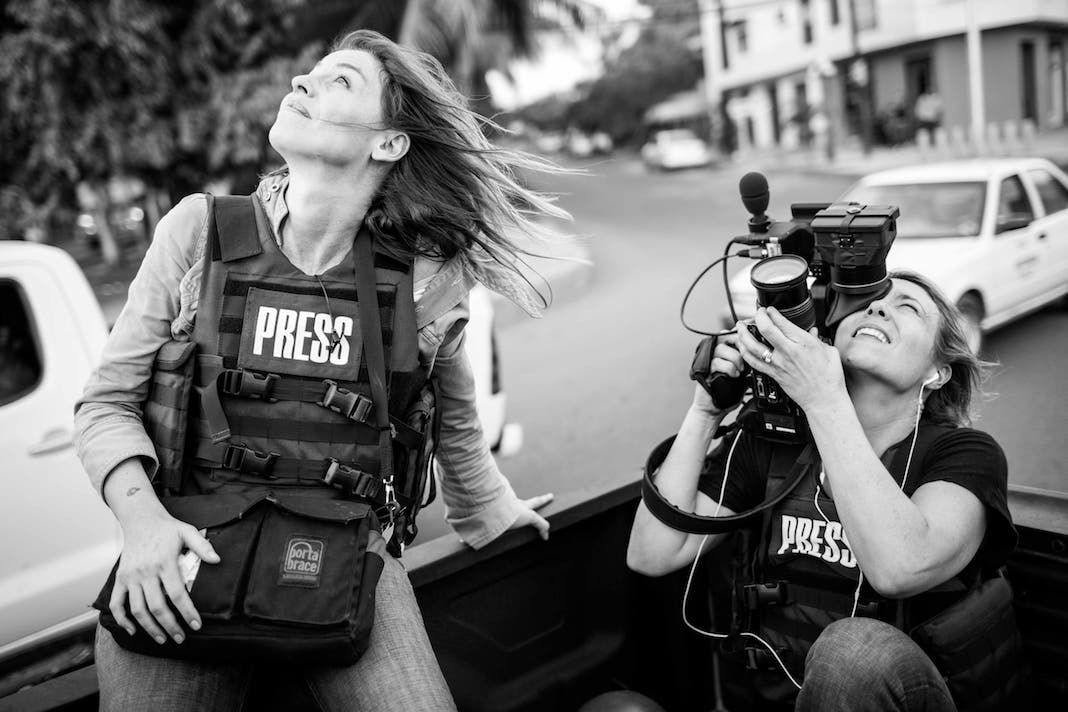
Now, she’s sitting down with us to talk about her method and work.
Q: If you could only bring three pieces of equipment with you on a photo shoot, what would you bring?
A: Right now my lowest profile video kit would probably be the Sony A7S II (), a good prime lens and a simple audio set-up. Audio is the killer on the three-item rule, so I’ll be vague and fudge it. I long for the day when it was just my FM2, a 50mm lens and lots of tri-x! Such simplicity! Switching to video has drastically increased my extra luggage fees.
Q: As photographers, we all get that “got it” feeling when we get the shot we are after. What needs to be present in an image for you to get that feeling or know you nailed it?
A: For an image to give me that feeling, it has to contain something that transcends the composition: the emotion, the timing and the light all conspiring to create something greater than a sum of its parts.
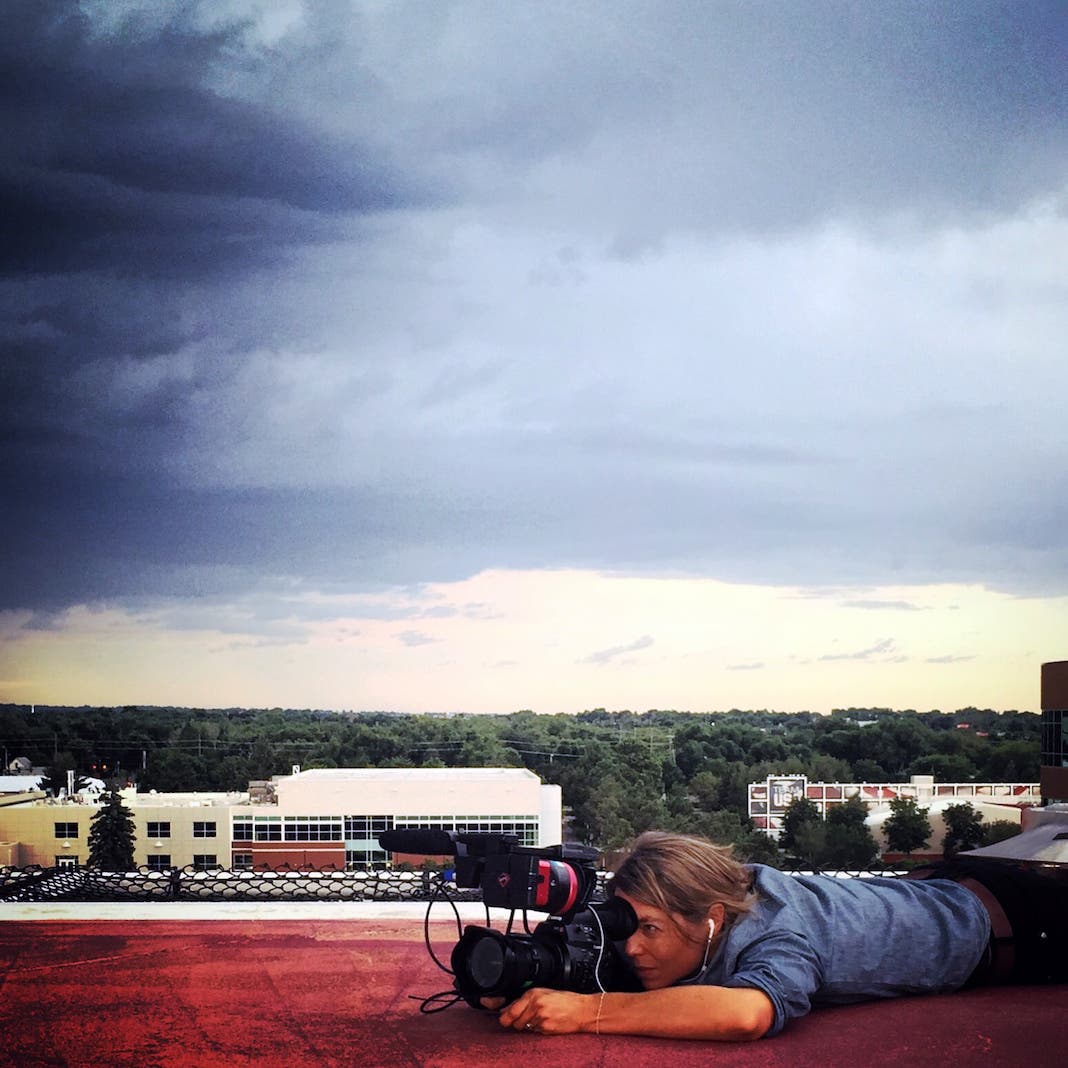
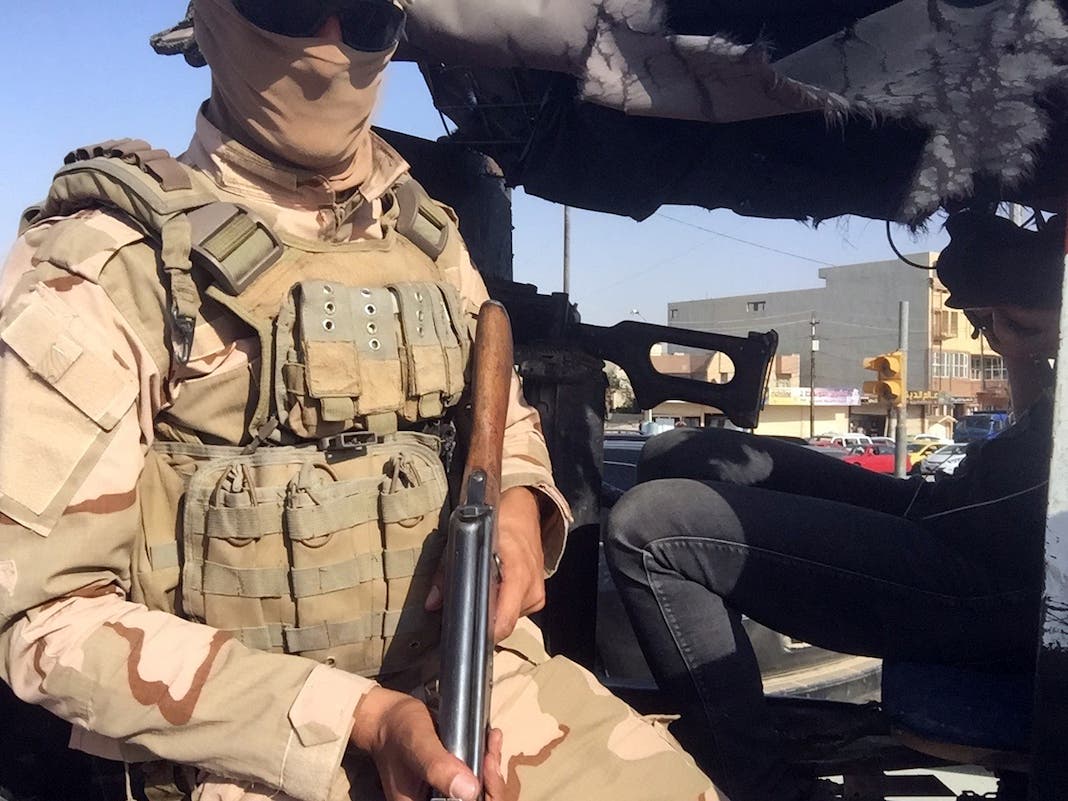
As a cinematographer, it’s a feeling associated less with single images and more with scenes: I know when I’ve gotten the right collection of shots to tell the story of that scene — when I’ve captured it in a way to give an audience an experience of being there in some way. It’s so satisfying when you’re done and you know you got it! And so terribly unsatisfying when you don’t…it’s like a drug, chasing that feeling.
Q: How do you balance your personal work with your client work? What percentage of your work is what you are passionate about and what percentage is produced to pay your bills?
A: I’m lucky to be doing work that marries the two. I’d say I’m passionate about all of the work I do! Rarely do the stories not interest me. The style or form might not be the same as what I’d produce if I was working entirely independently, but the challenge of storytelling, reporting and image-making for a particular audience is one I enjoy so I’m happy to adapt to various formats.

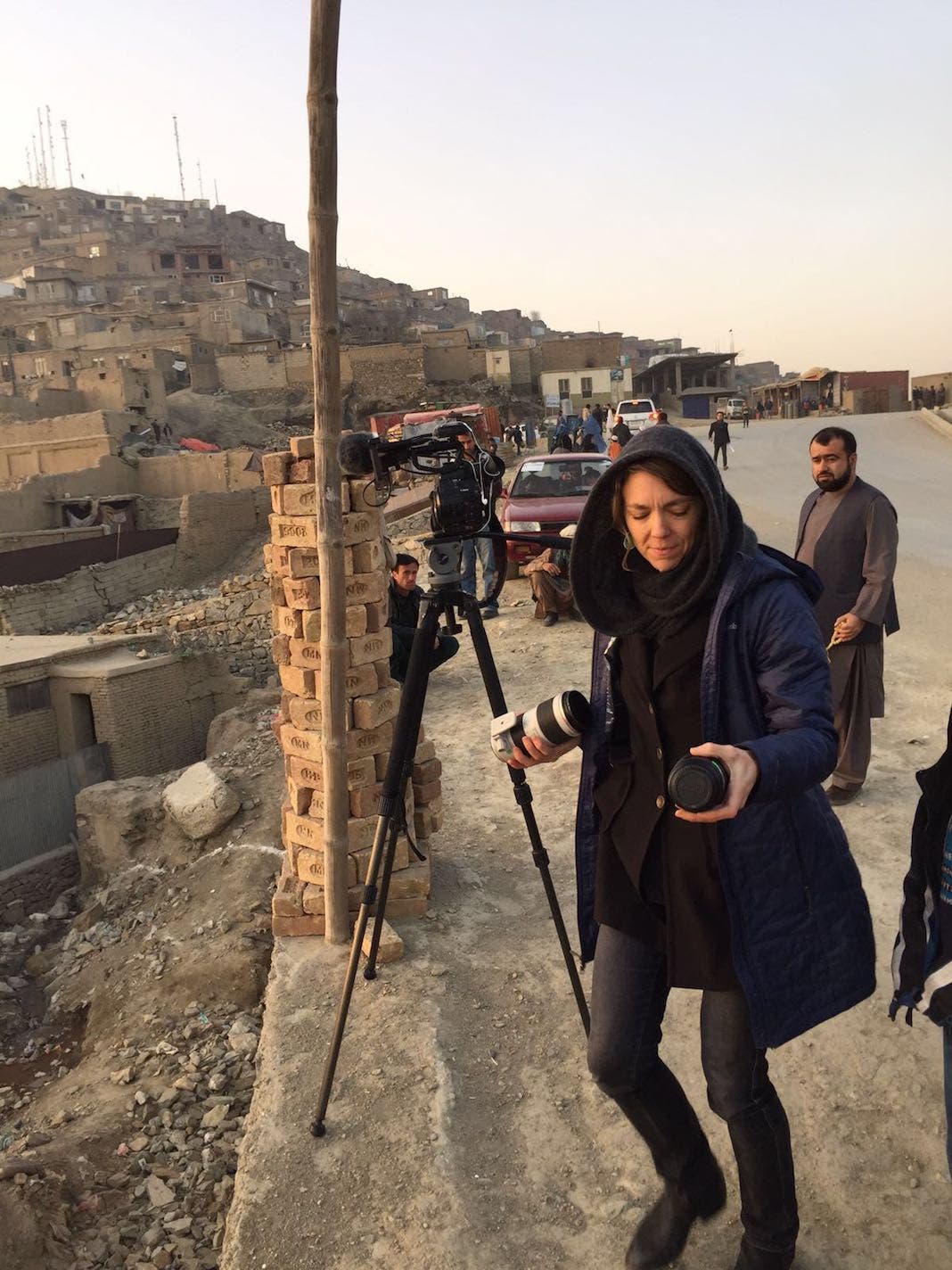
Q: If you didn’t have to worry about earning a living, what type of work would you do?
A: I’d still want to do what I do!! Being a journalist is such a privilege. I’m passionate about keeping wages real so it remains a viable career.
Q: I often feel that I keep making photographs because I don’t know how not to. Why do you keep making photographs and films?
A: Because I’m still curious about too many things, and I haven’t shed some innate idealism that makes me want to help people understand each other! I’ve learned I’m happiest when I’m making something, and I love being connected to the world through a craft — cinematography, in my case.
Q: There are many obstacles and gatekeepers that present challenges to getting my work seen. But I know my worst gatekeeper has been me – I had to learn how to get out of my own way. What has been your greatest obstacle and how did you overcome it?
A: Confidence as a women in this business is tough to sustain. I think most intelligent and sensitive people are cursed with the knowledge there is much they don’t know, but as women, we tend to wear this so much more transparently than men. I’ve always been driven to grow and push myself — to learn the next thing — rather than get too comfortable with where I’m at. This is a good thing, generally, but in professional rat races maybe not the wisest public story. I’m working on projecting my wisdom a bit more confidently, rather my inherent quest to improve.
Q: What is your dream assignment/project?
A: I think I’m most successful with a defined audience and goal: I like clear directives combined with massive freedom to interpret that. So the dream project is a whip smart editor gives me a year to do a deep dive documentary. I could name off a dozen such projects — so many things interest me but the dream scenario is the combo of purpose, confidence from an editor, creative freedom and knowing its got an audience waiting. There’s an investigative element of some consequence, lots of emotion and drama unfolding.
